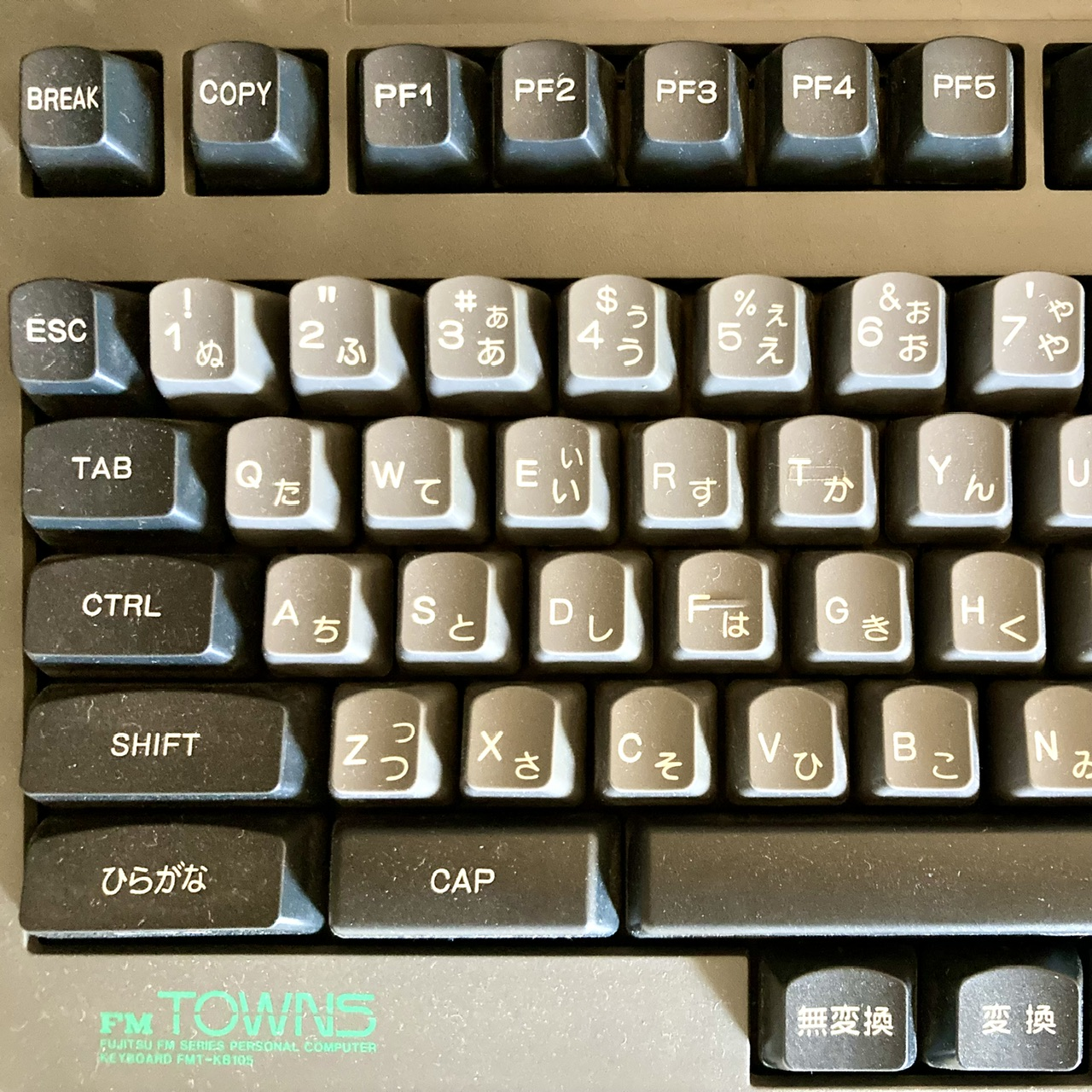what DO you want it to do?
Essential: navigation (and update maps over Tor), VOIP over VPN, render locally stored PDFs (pushed over adb).
Non-essential: XMPP (snikket), notes, calculator, take photos, scan QR codes, play from local music library
GPS navigation is heavy because calculating a fix from GPS satellites is always CPU intensive. This means (on old phones) the always-on screen coupled with CPU load while navigating drains the battery quick, which is a compounding problem because old devices are less efficient. On top of that, the CPU heat degrades the battery and charging performance when it is most needed. I would rather not strap a power bank to my arm. In principle I should navigate with two devices:
- a phone dedicated to receiving GPS, calculating the fix, and transmitting over bluetooth while screen is off (this could be stashed in a backpack)
- a phone with screen on and mapping software running, GPS disabled, bluetooth receiving the fix from the other phone
That would also mean when I stop for food or something I could charge both devices at the same time and they would each drain slower when used. Bluetooth uses much less energy than GPS. This approach is inspired by my PalmOS days, when a palm pilot had no GPS and there were dedicated separate tiny GPS→bluetooth devices. The tech exists but I think the GPS server app is either absent from f-droid or it requires a newer device (I forgot which).











I can’t see a wristwatch defying physics. It likely has to calculate your position fewer times per unit time, thus gets an updated fix less frequently than a phone. Which may be good enough when on foot. Otherwise it would suck the battery dry if it works too hard for a frequent high res fix. (edit: see item 4 on this page Looks like you get one calculation per second which is possibly a bit too infrequent for cycling unless the app is good at using other sensors to estimate intermediate positions)
When I said CPU load, I should have spoke more generically because indeed a dedicated chip is used. But that chip still needs energy. A dedicated GPS device would indeed help my situation, whether it’s a phone or otherwise. Getting an old dedicated satnav device isn’t a bad idea. The maps on those are far from useable but I recall some Garmins and Tomtoms had bluetooth and I think sending NMEA info is common. That might actually be a good way to repurpose an old obsolete dedicated satnav device – or phone that can be configured as such. There is an opentom project to put FOSS on a Tomtom.